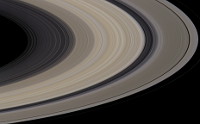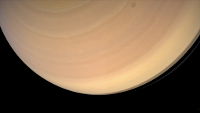
Back Up to
Solar System

Planet and Moons
Regular Size
Full Size
Caption
Credit: NASA/JPL/Space Science Institute

Ringscape
Regular Size
Full Size
Caption
Credit: NASA/JPL/Space Science Institute

Rings Edge On
Regular Size
Caption
Credit: NASA/JPL/Space Science Institute

Clouds
Regular Size
Full Size
Caption
Credit: NASA/JPL/Space Science Institute

Blue Pole
Regular Size
Caption
Credit: NASA/JPL/Space Science Institute

Crescent
Regular Size
Full Size
Caption
Credit: NASA/JPL/Space Science Institute

Enceladus
Regular Size
Full Size
Caption
Credit: NASA/JPL/Space Science Institute

Iapetus
Regular Size
Full Size
Caption
Credit: NASA/JPL/Space Science Institute

Moons
Regular Size
Full Size
Caption
Credit: NASA/JPL/Space Science Institute

Colors and Shadows
Regular Size
Full Size
Caption
Credit: NASA/JPL/Space Science Institute

Solar Eclipse
Regular Size
Full Size
Caption
Credit: NASA/JPL/Space Science Institute

Through a Telescope
Regular Size
Caption
Credit: Hubble Heritage Team (AURA/STScI/NASA/ESA)